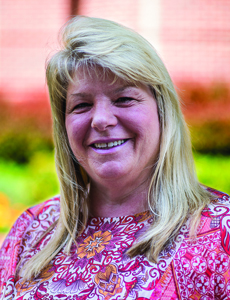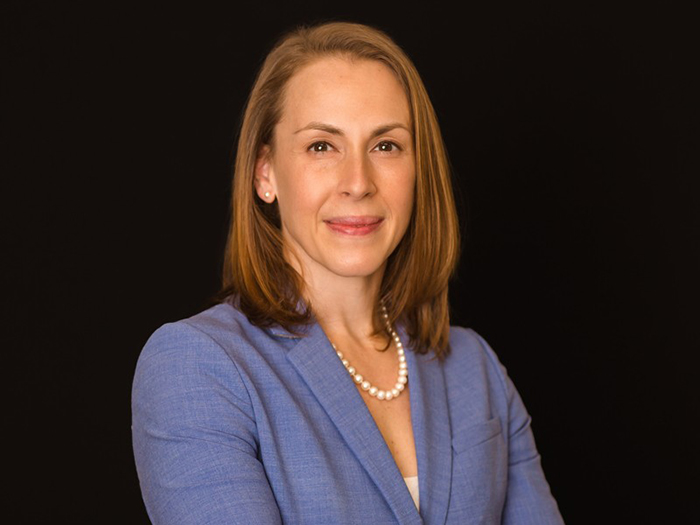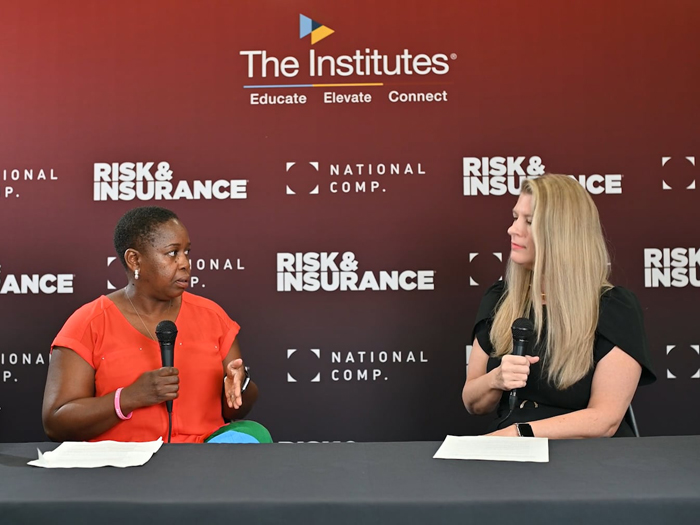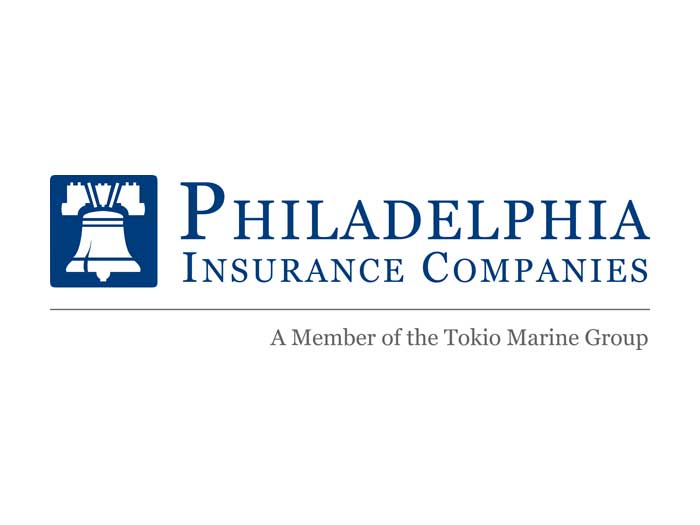2016 Teddy Awards: Honorable Mention
A Matter of Trust
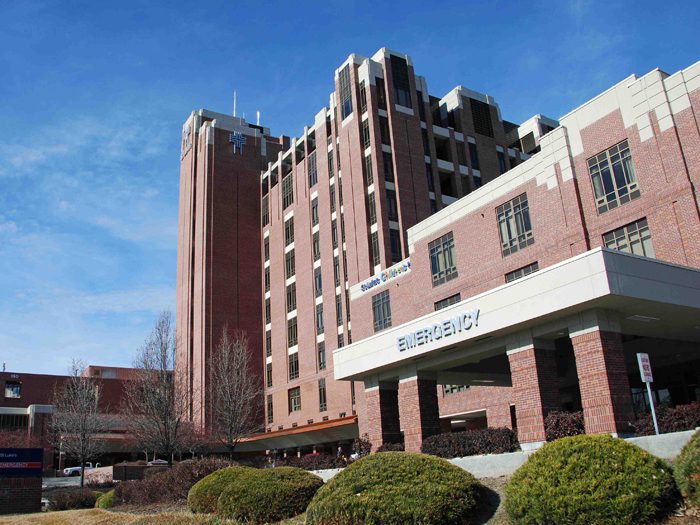
It’s not often that workers’ compensation claims adjusters meet face-to-face with the injured workers whose claims they administer.
But St. Luke’s Health System Ltd.’s workers’ comp team forges close relationships with injured workers, their supervisors, and anyone involved in resolving a claim by consistently doing just that. Risk & Insurance recognizes this effort with a 2016 Teddy Award Honorable Mention.
St. Luke’s, a self-insured health care system, self-administers workers’ comp claims with in-house adjusters, a nurse case manager, and even in-house bill review. It does so with centralized workers’ comp services serving a system spread across 19 Idaho communities.
The self-administration arrangement affords adjusters for the Boise, Idaho-based entity the ability to personally meet with claimants, who even stop by the workers’ comp department with claims questions.
Similarly, managers stop by to learn how the company’s workers’ comp system works and to learn what they can expect should one of their reports face an injury.
“We have people come and see us,” said Jeanne James, St. Luke’s manager of workers’ comp and long-term disability. “We sit down with them so we become human beings to them and they are human beings to us.”
Having in-house adjusters also facilitates a quick response to all injuries, James added.
Immediate injury response, attention to safety, and an attitude that says any of St. Luke’s 14,000 employees injured on the job will be taken care of and returned to work keeps workers’ comp costs “very low,” said Lori Severson, VP and senior loss control consultant at broker Lockton Companies.
Often, employers with that many workers spread across an entire state face greater claims lag time and communication gaps when employees are injured, Severson said.
But whether injuries are major or minor, St. Luke’s in-house adjusters see to it that workers are immediately diagnosed and treated.
Lockton became St. Luke’s broker in 2015 when the health care system asked Lockton to provide services including the evaluation of its self-insured approach.
“One of the things that works very well, we saw, was their self-insured program,” Severson said.
“First and foremost we are taking care of the people that go back and take care of our patients.” — Jeanne James, manager of workers’ comp and long-term disability, St. Luke’s Health System Ltd.
St. Luke’s workers’ comp team views their role as supporting an investment in the entity’s employees and patients.
“First and foremost we are taking care of the people that go back and take care of our patients,” James said. “So we always want to make fair and consistent claims decisions. One of things we strive to do is educate ourselves on the facts of claims.”
The U.S. Bureau of Labor Statistics recognizes the “health care and social assistance” sector for generating more worker injuries than all other private-sector industries. The risks health care workers face include exposures to blood-borne pathogens, musculoskeletal injuries from patient-handling, and workplace violence, to name a few.
Yet St. Luke’s injury frequency increased only 25 percent from 2010 to 2015, despite employee growth that shot up from 10,142 in 2011 to nearly 13,858 during 2015.
The numbers reflect St. Luke’s emphasis on safety.
Among other recent measures, St. Luke’s elevated the authority and titles of its safety managers to increase their visibility across the entire system and to emphasize their roles’ importance. The new relationship with Lockton also added safety and risk consultant services.
St. Luke’s is also “super strong on return to work,” Severson said.
But meeting face-to-face with employees is one of the workers’ comp department’s most important strategies, James said. Doing so helps adjusters better comprehend accident causes, understand claimants’ explanation of their work environments, and it cultivates trust.
“One of the primary things that we do, that is most beneficial to us and everybody we work with along the claims path, is build relationships,” James said. &
_______________________________________________________
Read more about the 2016 Teddy Award winners:
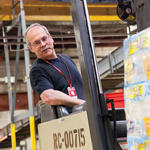 Bringing Focus to Broad Challenges: Target brings home a 2016 Teddy Award for serving as an advocate for its workers, pre- and post-injury, across each of its many operations.
Bringing Focus to Broad Challenges: Target brings home a 2016 Teddy Award for serving as an advocate for its workers, pre- and post-injury, across each of its many operations.
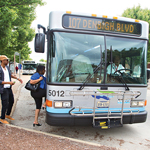 The Road to Success: Accountability and collaboration turned Hampton Roads Transit’s legacy workers’ compensation program into a triumph.
The Road to Success: Accountability and collaboration turned Hampton Roads Transit’s legacy workers’ compensation program into a triumph.
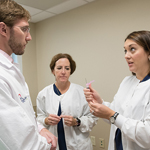 Improve the Well-Being of Every Life: Excela Health changed the way it treated injuries and took a proactive approach to safety, drastically reducing workers’ comp claims and costs.
Improve the Well-Being of Every Life: Excela Health changed the way it treated injuries and took a proactive approach to safety, drastically reducing workers’ comp claims and costs.
 The Family That’s Safe Together: An unwavering commitment to zero lost time is just one way that Harder Mechanical Contractors protects the lives and livelihoods of its workers.
The Family That’s Safe Together: An unwavering commitment to zero lost time is just one way that Harder Mechanical Contractors protects the lives and livelihoods of its workers.
More coverage of the 2016 Teddy Awards:
Recognizing Excellence: The judges of the 2016 Teddy Awards reflect on what they learned, and on the value of awards programs in the workers’ comp space.
Fit for Duty: 2013 Teddy Winner Miami-Dade County Public Schools is managing comorbid risk factors by getting employees excited about healthy living.
Saving Time and Money: Applying Lean Six Sigma to its workers’ comp processes earned Atlantic Health a Teddy Award Honorable Mention.
Caring for the Caregivers: Adventist Health Central Valley Network is achieving stellar results by targeting its toughest challenges.
Advocating for Injured Workers: By helping employees navigate through the workers’ comp system, Cottage Health decreased lost work days by 80 percent.
A Matter of Trust: St. Luke’s workers’ comp program is built upon relationships and a commitment to care for those who care for patients.
Keeping the Results Flowing: R&I recognizes the Metropolitan Water Reclamation District of Greater Chicago for a commonsense approach that’s netting continuous improvement.

